Back to Blog
by Finage at May 26, 2021 5 MIN READ
Real-Time Data
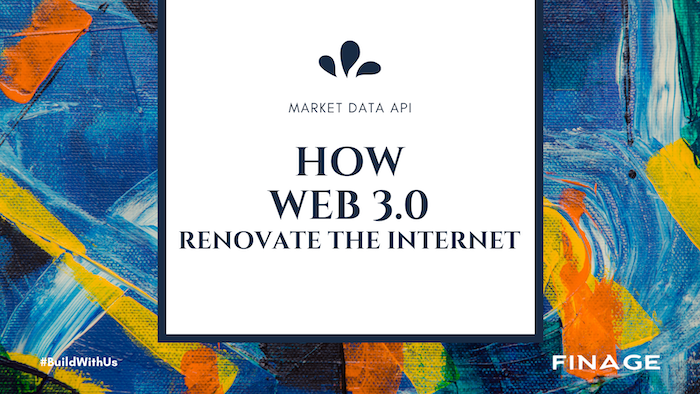
Evaluation of Web & Web 3.0
There are presently roughly 150 million smart homes in use around the world; it won't be long before they become the standard. The average individual now spends nearly 10 hours each day online — that's more time than we spend sleeping! Every day, 5 billion Google searches are made on the internet! Every day, Web 2.0 technology benefits over 3 billion individuals for 80 percent of their waking hours. Three fundamental layers of innovation fueled the emergence of Web 2.0: mobile, social, and cloud. With the introduction of the iPhone in 2007, mobile internet connectivity significantly expanded both the user base and the use of the Internet. We made the transition from dialing up to the internet a few hours a day at home to being "always connected."
The Internet was essentially dark and anonymous until Friendster, MySpace, and eventually Facebook were launched in 2004. These social networks enticed users to engage in positive behavior and provide content, such as recommendations and referrals. The production and maintenance of web pages and applications has become commoditized thanks to the cloud. Companies might move away from purchasing and maintaining their own costly and dedicated infrastructure and instead rent storage, computation power, and management tools on demand.
Web 3.0 is an even more fundamental disruption that will leave everything hitherto in its shade. It is a leap forward to open, trustless and permissionless networks. The Semantic Web was originally coined by Tim Berners-Lee, the Web's original inventor. They are ‘open' in the sense that they are produced with open source software by a community of developers who are open and accessible to the public, and they are executed in full view of the globe.
The network itself is ‘trustless,' in that it allows participants to converse openly or privately without the need for a trusted third party ‘Permissionless’ in that anyone, both users and suppliers,can participate without authorisation from a governing body.
Edge computing, decentralized data networks, and artificial intelligence are three new layers of technological innovation that make up Web 3.0. The ability to organize and incentivize the long tail of job, service, data, and content providers is the ultimate result of these new open, trustless, and permissionless networks.
The shift to Web 3.0 is spreading the data center out to the edge, and often right into our hands. Large legacy data centres are being supplemented by a multitude of powerful computing resources spread across phones, computers, appliances, sensors and vehicles.
These data generators can now sell or barter their data without losing ownership control thanks to decentralized data networks. Precision materials, drug design, and climate modeling are just a few of the areas where this technology could be used. Artificial intelligence and machine learning algorithms have advanced to the point where they can now make useful, even life-saving, predictions and actions.
Web 3.0 paves the way for a future in which scattered people and computers may interact with data, value, and other counterparties without relying on third parties, thanks to a peer-to-peer network substrate. The end product is a modular, human-centric, and privacy-preserving computer fabric for the next web wave.
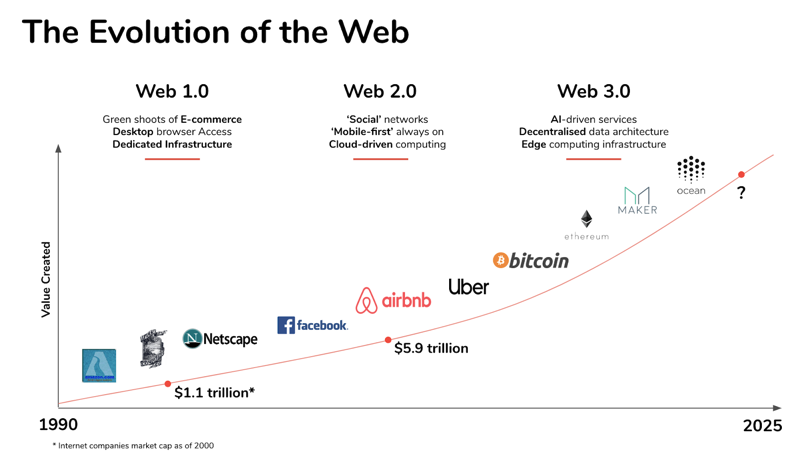
In human collaboration, there are two stages: social and technical. Individuals in villages could exchange value, knowledge, and work with a limited number of people they already knew. Because of the small scale, people usually played numerous jobs in society, such as farmer, firefighter, warrior, and parent. Food, security, and leisure were the emphasis of transactions, with little coordination outside of relatively self-sufficient households.
The number of counterparties with whom individuals may barter value, knowledge, and labour rose dramatically in urbanised cities. People and corporations may trade with geographically scattered counterparties with a lot less delay and expense thanks to Web 1.0 and Web 2.0. At its core, today's internet enables worldwide coordination through a network of intermediates, allowing strangers to engage through a digital social trust layer. Unfortunately, we've grown increasingly reliant on these platforms, and when they shift from "attract" to "extract," their customers pay a greater price or risk losing their accounts. This machine is primarily powered by the $200 billion digital advertising industry, with 'we the users' as the product.
Women, men, machines, and businesses will all be able to transfer value, information, and collaborate with international counterparts. Web3.0 is a shift toward implicitly trusting all network components rather than expressly trusting each member.
Web 3.0 will vastly extend the scale and scope of human and machine interactions beyond anything we can now envision. It will allow us to communicate with anybody or any machine without having to pay a charge to a middleman. This transformation will open the door to a slew of new firms and business strategies that were previously inconceivable.
This matters because:
Disintermediating industries, removing rent-seeking third parties, and giving this value directly to the consumers and providers in a network can help societies become more efficient.
Through their new mesh of more adaptive peer-to-peer communication and governance linkages between members, organizations can be innately more robust to change.
Humans, businesses, and machines may share more data while maintaining more privacy and security.
We can essentially eliminate the platform reliance concerns that we see now to future-proof entrepreneurial and investment activity.
Using proved digital scarcity of data and tokenised digital assets, we can own our own data and digital footprints.
Network users can collaborate to address previously intractable or ‘thinly distributed' problems by ‘modern mutual' ownership and governance of these new decentralised intelligence systems, as well as sophisticated and dynamic economic incentives. With effective machine learning algorithms, Web 3.0 will link data from individuals, organizations, and machines. The upshot is something close to a "return to the global village": daily immersion in the human-centric, highly personalized interactions that we used to enjoy, but now offered at the global scale of the internet. The emergence of fundamentally new markets, as well as business models that go along with them.
As a result, web services occupy an indispensable place in our lives. However, in order to benefit from these services correctly, it is necessary to receive and use the correct data with the right tools without delay. At this point, the services offered by Finage are of great importance. We hope this article has been useful for everyone.
Featured Posts
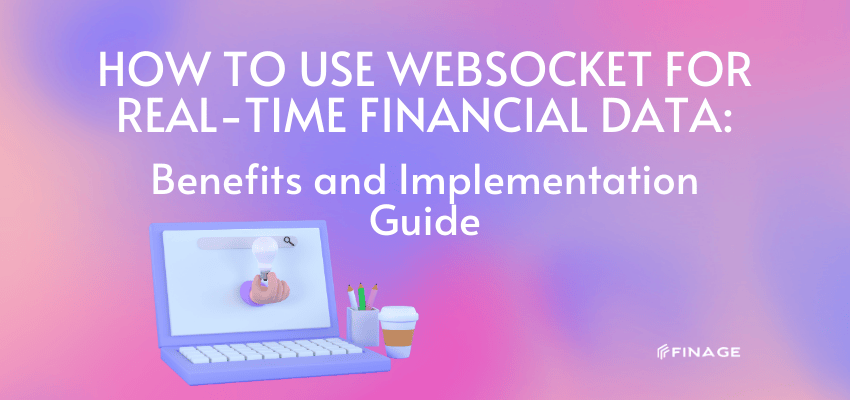
How to Use WebSocket for Real-Time Financial Data: Benefits and Implementation Guide
September 16, 2024
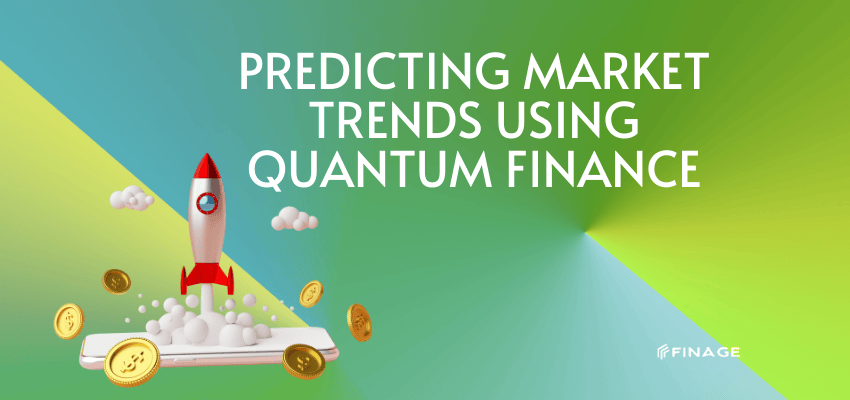
Predicting Market Trends Using Quantum Finance
September 15, 2024
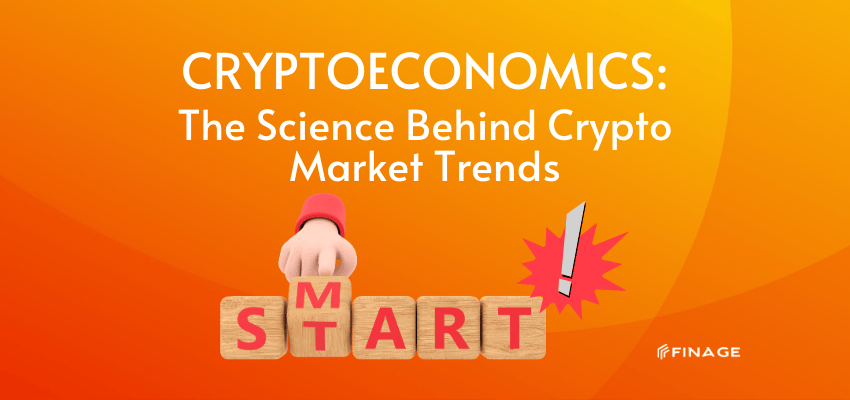
Cryptoeconomics: the Science Behind Crypto Market Trends
September 14, 2024

Building Fintech Applications with Free Financial Data APIs: What You Need to Know
September 13, 2024
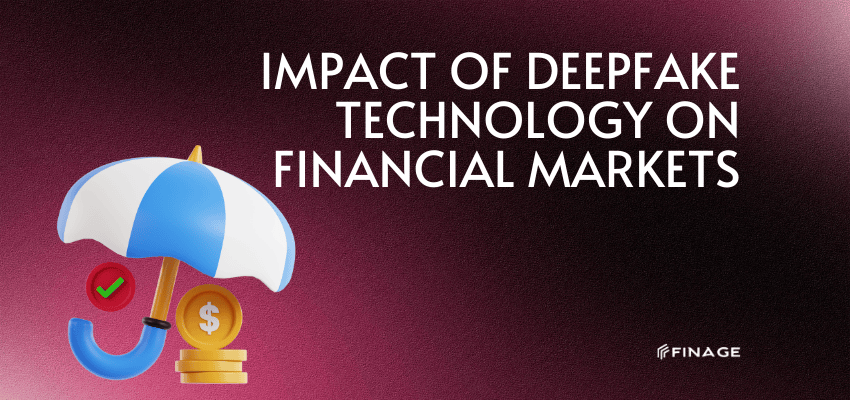
Impact of Deepfake Technology on Financial Markets
September 12, 2024
Categories
Forex
Finage Updates
Stocks
Real-Time Data
Finage News
Crypto
ETFs
Indices
Technical Guides
Financial Statements
Excel Plugin
Web3
Tags
Web 3.0
how to revolution Web 2.0
How to get new web
new web techs
Finage Web 3.0 platform
Web 3.0 Trading Platforms
Market Data Feeds API
Join Us
You can test all data feeds today!
Start Free Trial

If you need more information about data feeds, feel free to ask our team.
Request Consultation
Back to Blog
Please note that all data provided under Finage and on this website, including the prices displayed on the ticker and charts pages, are not necessarily real-time or accurate. They are strictly intended for informational purposes and should not be relied upon for investing or trading decisions. Redistribution of the information displayed on or provided by Finage is strictly prohibited. Please be aware that the data types offered are not sourced directly or indirectly from any exchanges, but rather from over-the-counter, peer-to-peer, and market makers. Therefore, the prices may not be accurate and could differ from the actual market prices. We want to emphasize that we are not liable for any trading or investing losses that you may incur. By using the data, charts, or any related information, you accept all responsibility for any risks involved. Finage will not accept any liability for losses or damages arising from the use of our data or related services. By accessing our website or using our services, all users/visitors are deemed to have accepted these conditions.